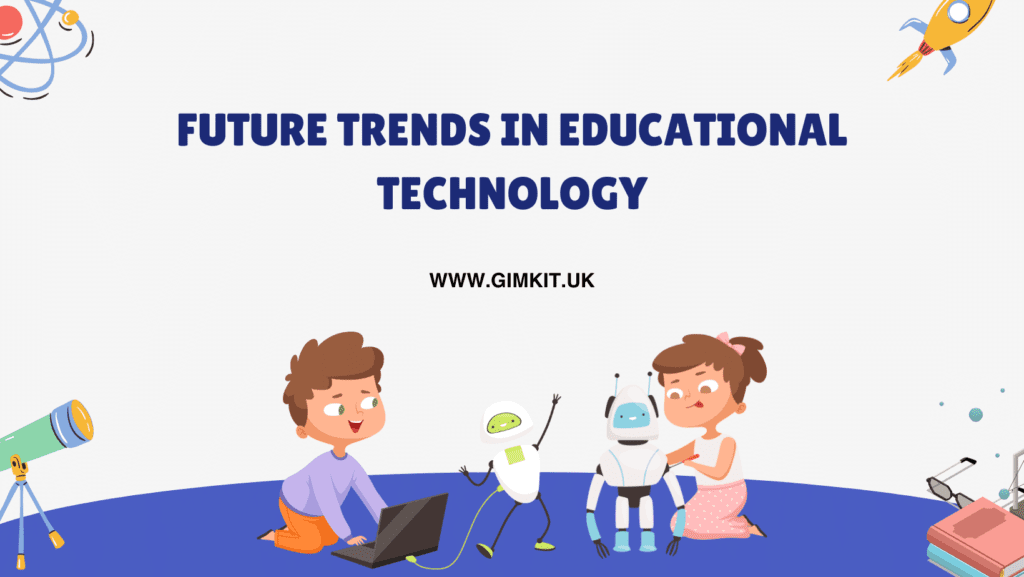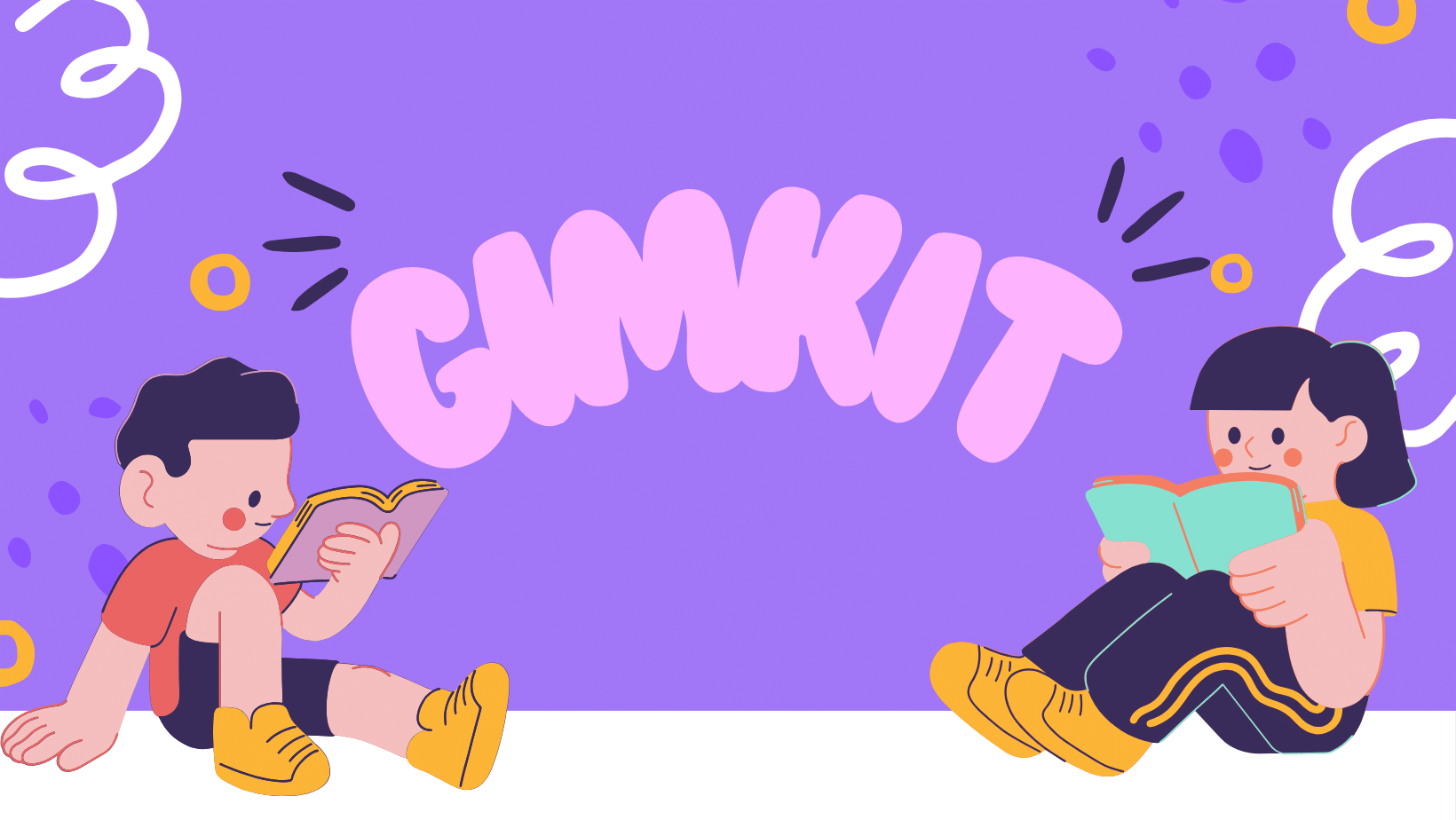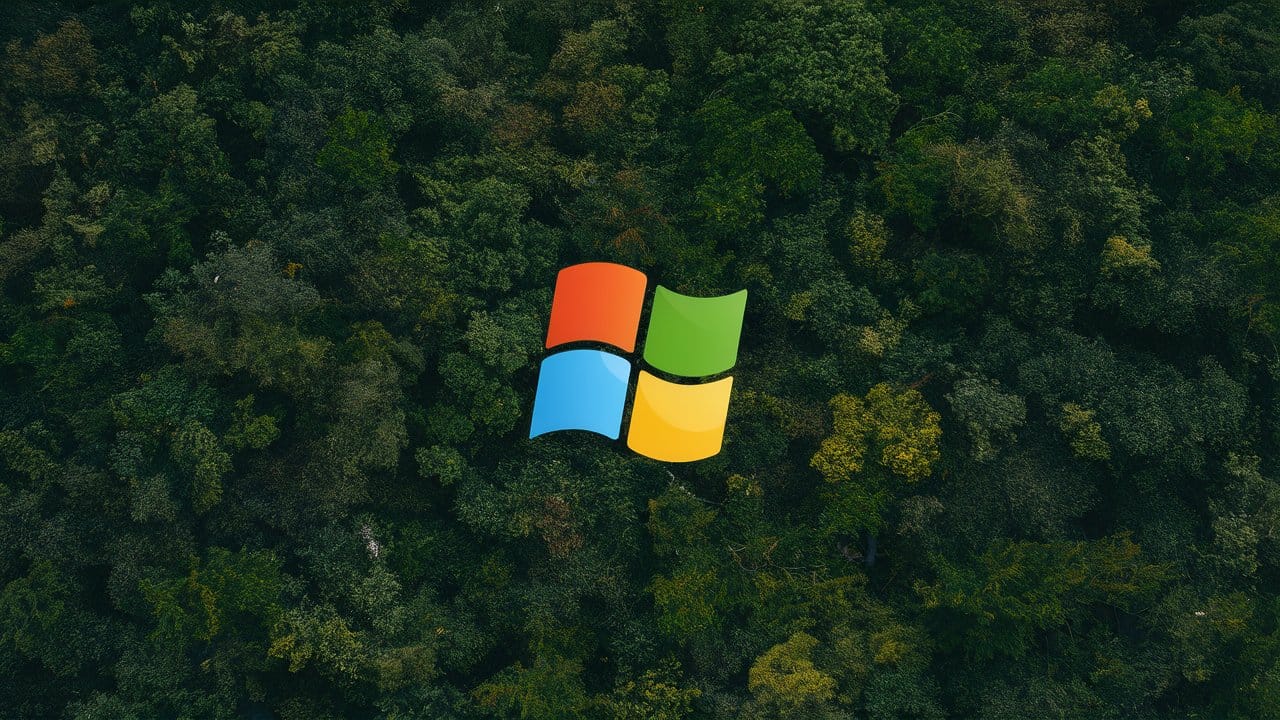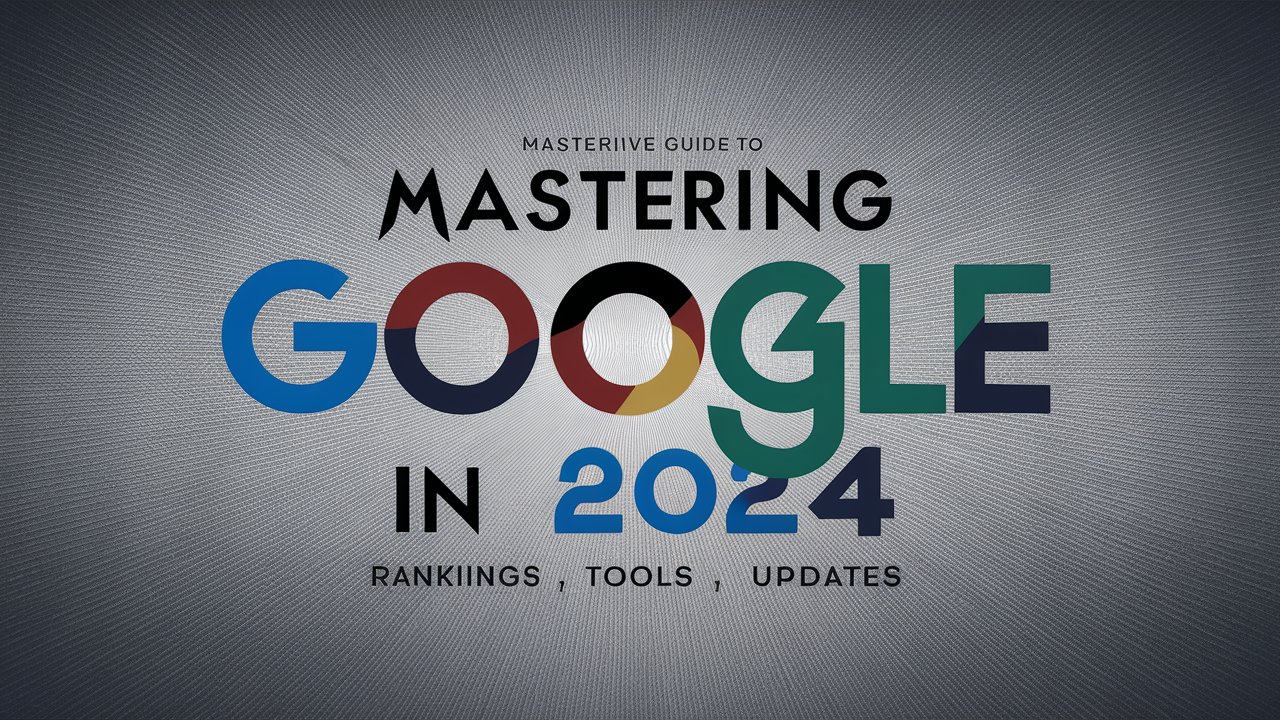Gimkit, the brainchild of a high school student from Seattle, has rapidly ascended to the pantheon of educational technology, cementing its status as a must-have tool for modern educators. This innovative platform, designed to foster interactive and engaging learning experiences, leverages the power of gamification to transform classrooms into bustling game arenas where learning is both challenging and fun. In this comprehensive exploration, we not only peel back the layers of Gimkit but also uncover the larger narrative of education technology’s future as we know it.
The Impact of Gamification on Learning

Pedagogical Implications and Cognitive Science Insights
Gamification in education is not merely a trend; it’s a pedagogical revolution. The use of game design elements in non-game contexts has long been heralded for its ability to enhance motivation, problem-solving skills, and information retention. In cognitive science terms, gamification naturally aligns with the tenets of active learning, where individuals’ own experiences shape and reinforce knowledge.
Gimkit ingeniously taps into these principles. By encouraging students to learn through repeated practice in increasingly challenging scenarios, the platform effectively turns learning concepts into mental muscle memory. The competitive spirit cultivated within students encourages them to strive for mastery, transforming traditional learning into a progressive, goal-oriented process.
Features and Benefits of Gimkit

Immersive Learning Through Customization and Engagement
Gimkit’s true strength lies in its simplicity and customization. Educators can adapt the platform to any lesson, regardless of subject or complexity. Key features such as real-time feedback, adaptive response, and a collaborative Leaderboard keep students constantly engaged.
The platform’s adaptability ensures that students are not bogged down by content that’s too difficult or too easy. Instead, they are directed to tasks that optimally challenge and advance their individual learning. Such personalization caters to a spectrum of student abilities and ensures everyone finds value in the learning process.
The built-in feedback loop of success and improvement not only gamifies the learning but also creates a self-perpetuating cycle where every student feels the onus and the incentive to learn more actively.
Case Studies and Success Stories
How Educators are Transforming Their Classrooms
Gimkit isn’t just a flash in the pan; it’s a driving force behind real improvements in learning outcomes. Educators globally have shared success stories that detail dramatic increases in student participation, retention, and overall class attitudes towards challenging content.
From small rural classrooms to bustling urban schools, teachers have found ways to integrate Gimkit into their daily routines, whether it’s to review coursework, conduct assessments, or even to simply inject a fun—and fiercely competitive—dynamic into learning.
By creating an environment where students are excited to learn, educators are discovering a tool that propels students beyond the academic expectations, making learning an organic, integrated part of their lives.
Future Trends in Educational Technology

Gimkit Leading the Ed-Tech Revolution
Gimkit’s success is not just about the here and now; it’s a microcosm of the future of educational technology. The platform’s emphasis on user-centered design, continuous innovation, and community-driven development aligns closely with the trajectory of modern ed-tech.
With a growing movement toward personalized learning, machine learning and AI are set to play an even greater role in adapting content to students’ specific needs. Gimkit’s early adoption and adept implementation of these technologies position it as a trailblazer in shaping the educational landscape.
Integration and Implementation
Tips and Best Practices for Seamlessly Embedding Gimkit
Integrating Gimkit into the classroom doesn’t have to be a daunting task. In fact, the platform was intentionally designed to be user-friendly for both educators and students.
Begin with small steps, such as utilizing a pre-designed game or template, before exploring the full range of customization options. Encourage student participation in the setup process, allowing them to take ownership of their learning by suggesting game features or themes.
Remember that Gimkit is a tool to enhance, not replace, traditional teaching. It’s at its most potent when it’s an integrated component of a broader teaching strategy, augmenting the pedagogical goals of any given lesson.
Conclusion
In the evolving landscape of education technology, Gimkit shines as a beacon of learning innovation. It’s a testament to the power of gamification in exponentially improving the educational experience for both educators and students.
The success stories and pedagogical support behind Gimkit underscore its tonicity, and it’s clear that its influence will continue to grow, not as a novelty, but as a core component in the arsenal of modern educational champions.
It’s an exciting time to be on the cusp of this ed-tech evolution, and Gimkit undoubtedly stands at the forefront, beckoning us to reconsider and reinvent how we approach learning in the digital age. As we look ahead, the chapter on Gimkit in the larger story of educational transformation is bound to be an enthralling read, full of promise and potential.
For educators seeking to invigorate their teaching, for students yearning for a new style of learning, and for educational administrators tasked with preparing the next generation for the future, Gimkit offers itself as a compelling solution, one game at a time





